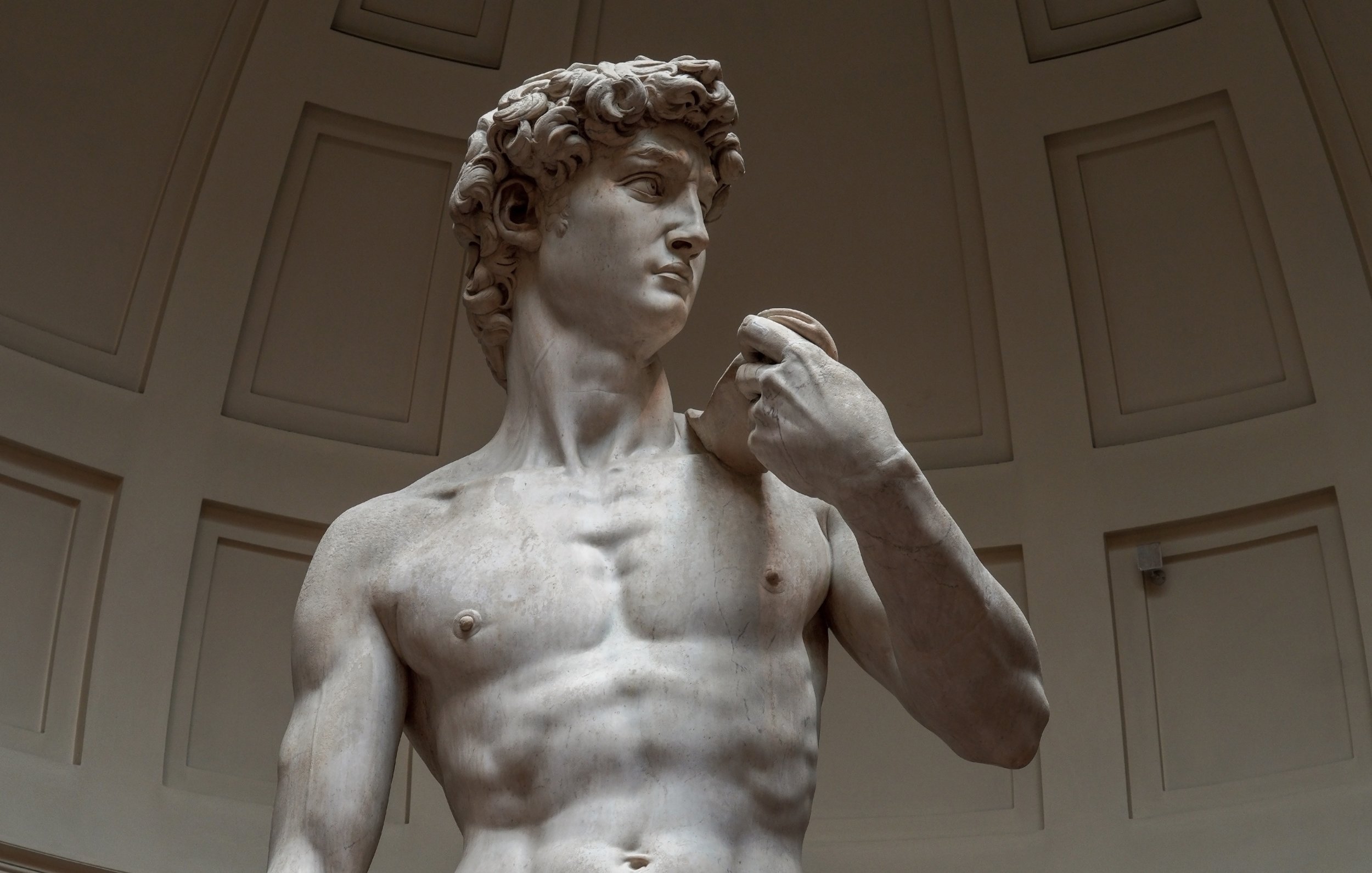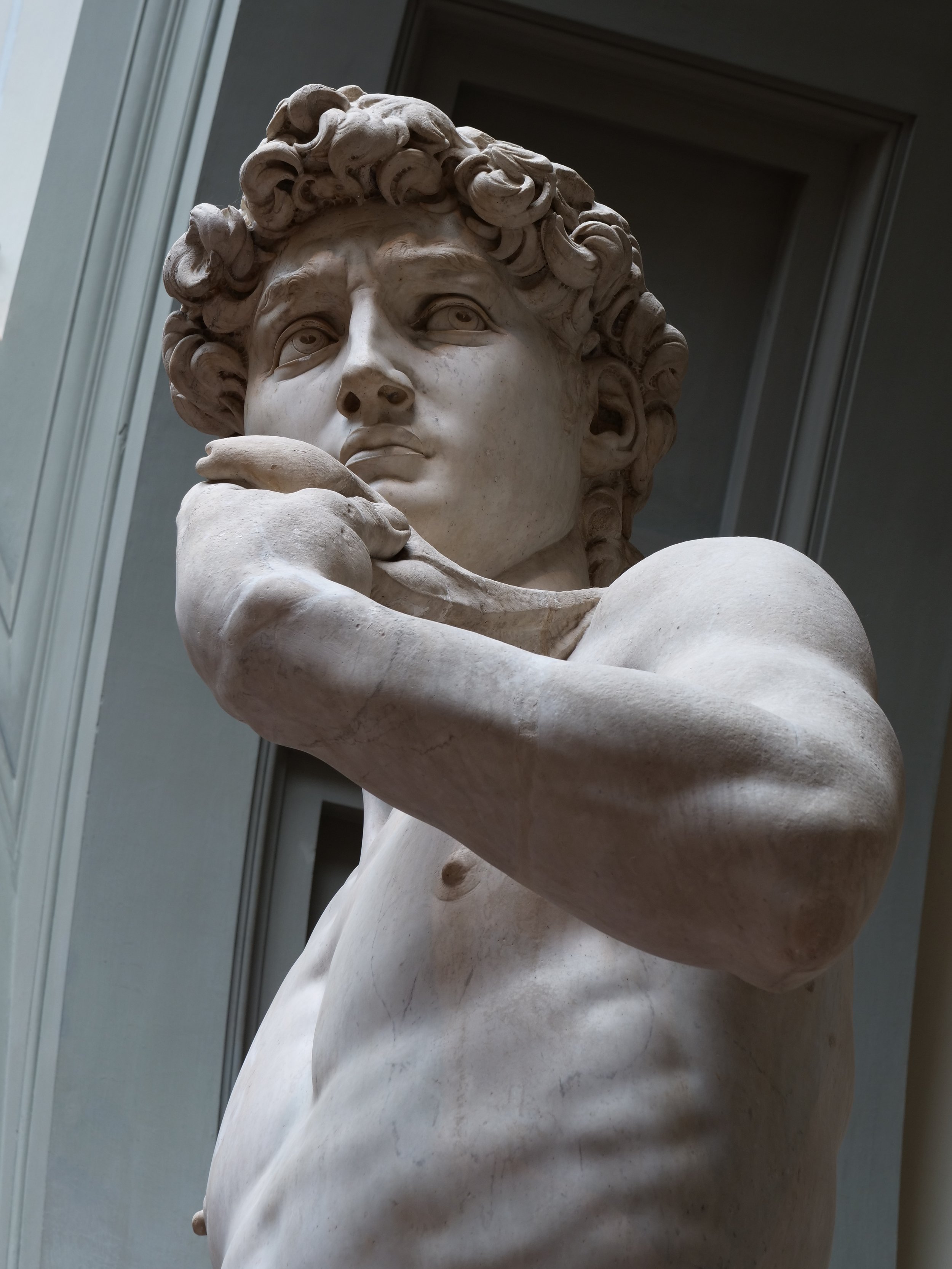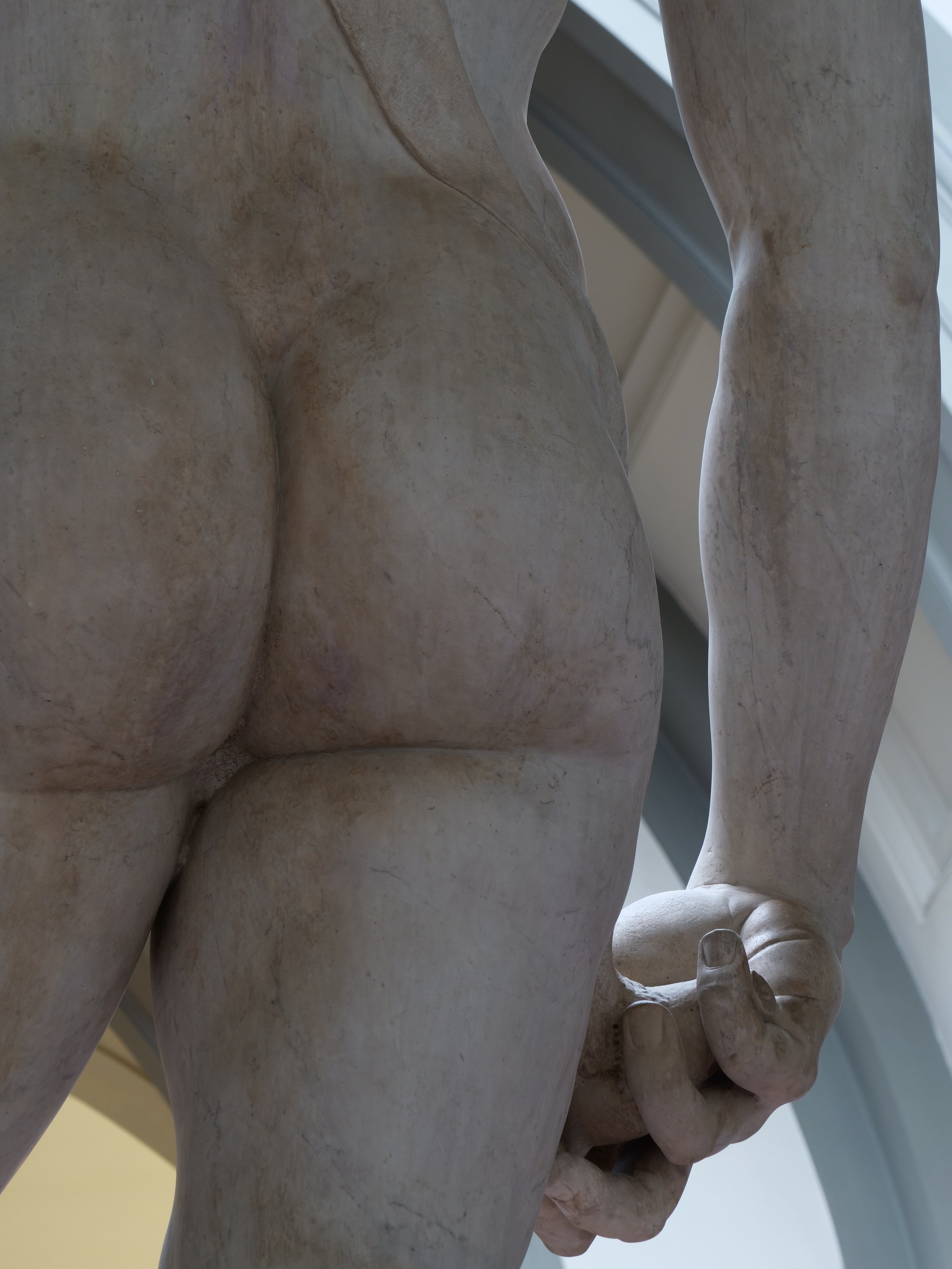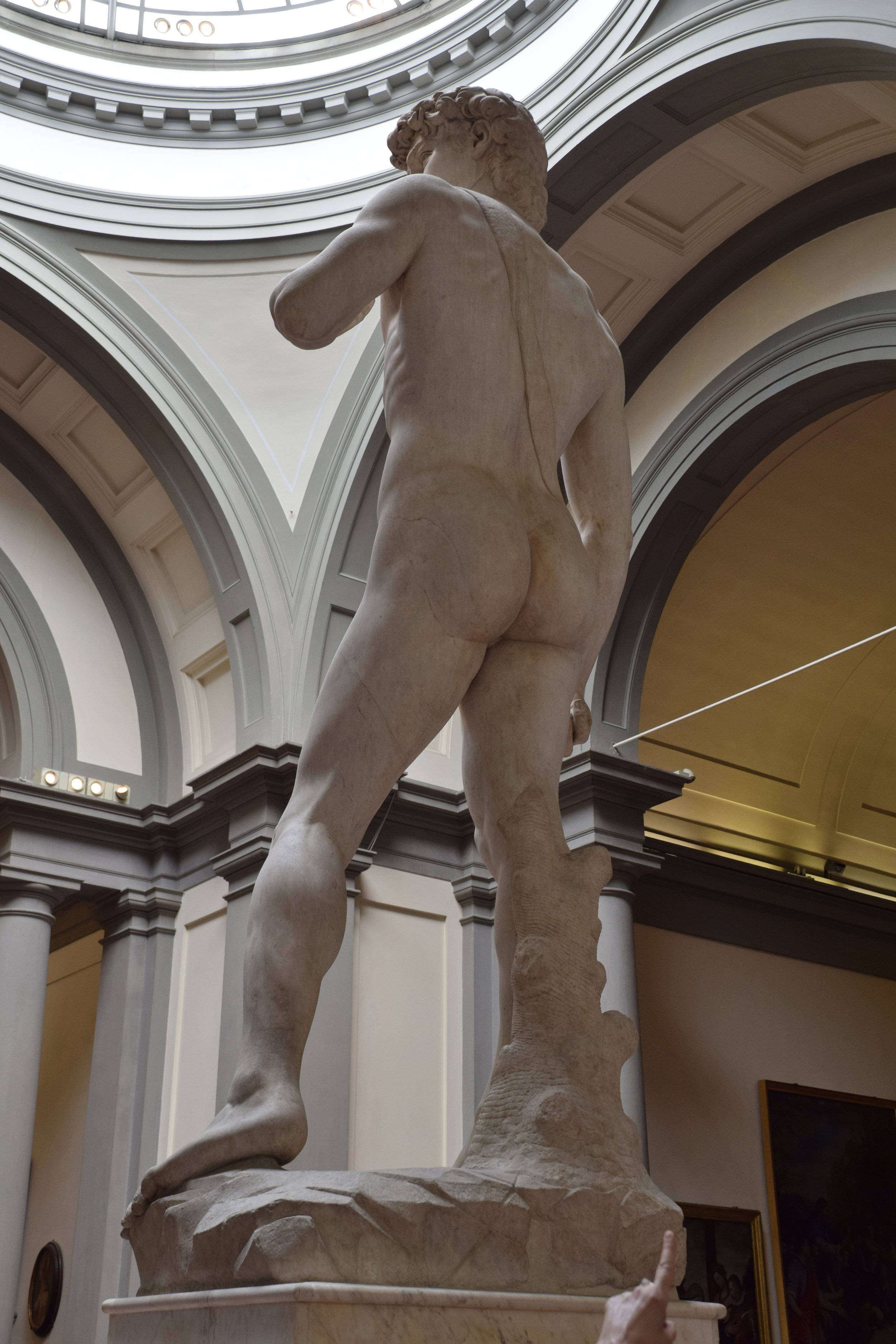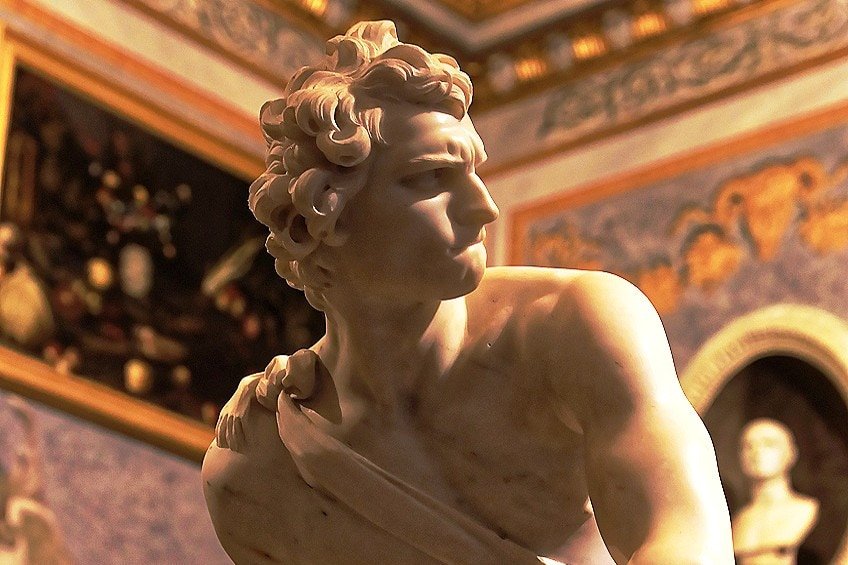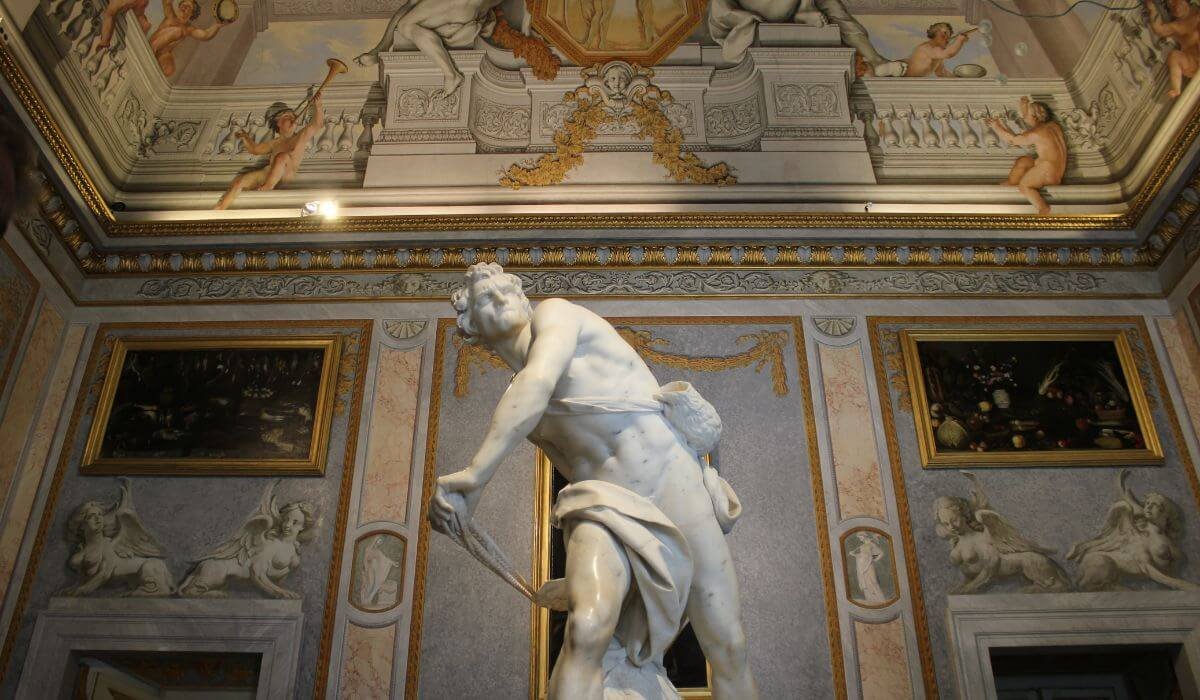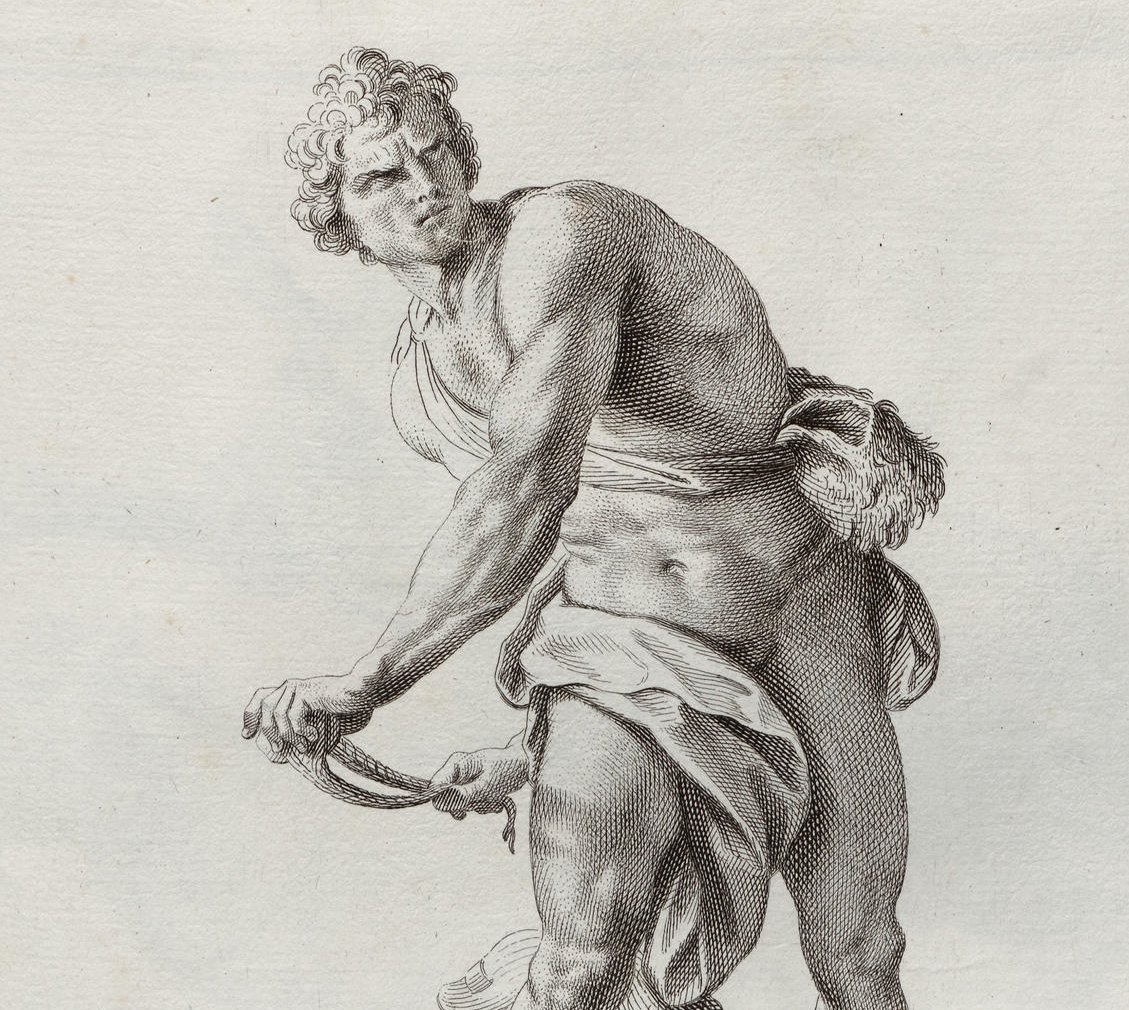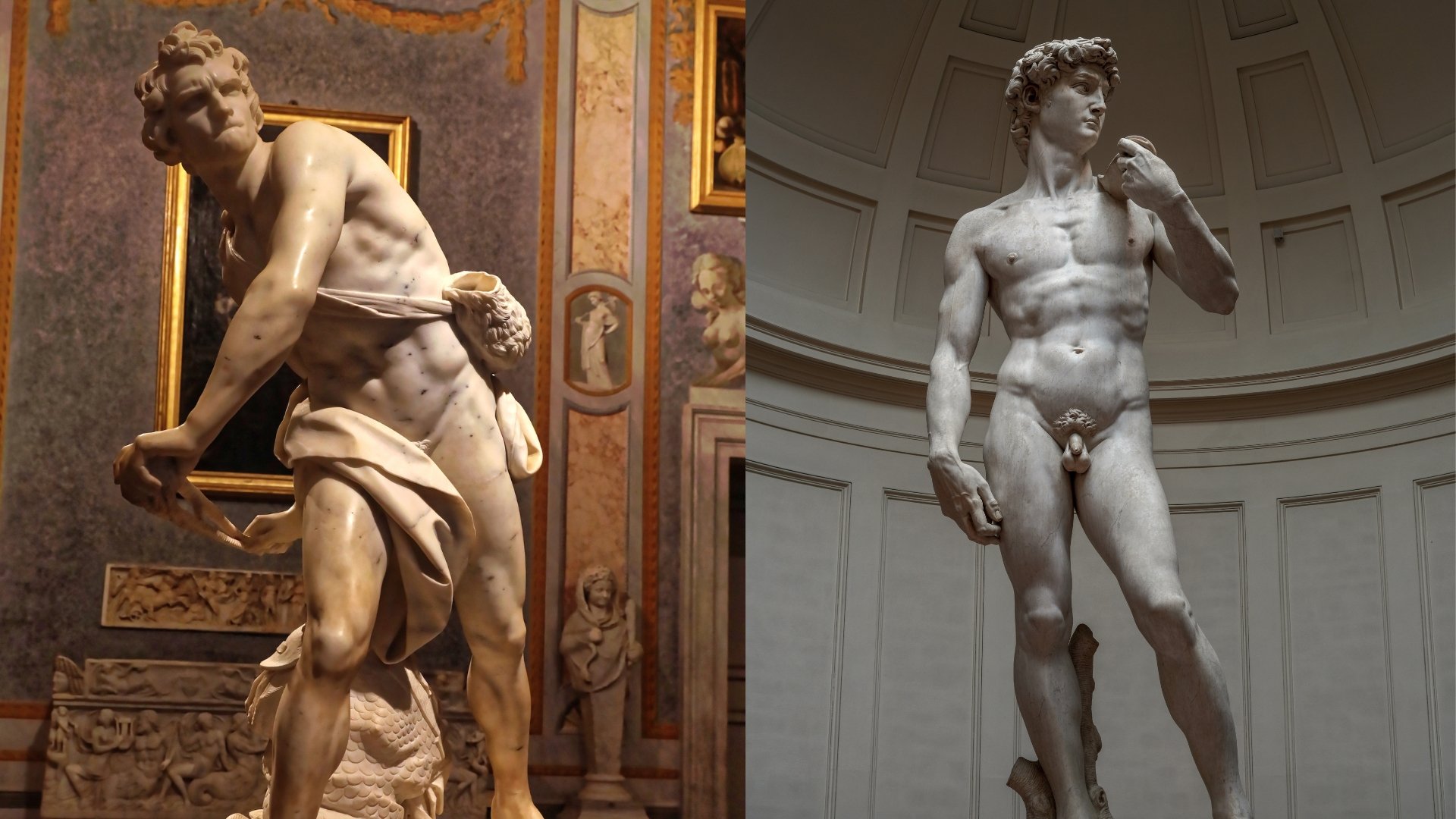Michelangelo vs Bernini: A Tale of Two Davids in Italian Art
In the world of Italian art, two sculptures of David stand out, representing the pinnacle of two distinct artistic eras: the Renaissance and the Baroque. These sculptures, created by Michelangelo and Giovanni Bernini, respectively, offer more than just a glimpse into the artistic styles of their times; they embody the essence and philosophy of their periods.
Michelangelo’s David: A Renaissance Masterpiece
Michelangelo's renowned statue of David is a prime example of the Renaissance style. It presents a harmonious and balanced figure, typical of the Renaissance's emphasis on proportion and stability. This sculpture, towering at a majestic height of six meters, shows David in a poised and composed posture. Michelangelo's David stands with his right leg crimped, ensuring his body is perfectly aligned and upright. This alignment extends to his right arm and torso, creating a sense of equilibrium.
The statue captures a moment just before David confronts the giant Goliath. Here, David appears to be in deep contemplation, strategizing his next move or perhaps awaiting Goliath’s final taunts. This representation of David is a study in the poise and calmness that could be maintained indefinitely, echoing the Renaissance ideals of balance and eternal beauty.
The facial expressions on Michelangelo’s David are subtle yet profound. They convey thought and introspection without any intense muscular strain, suggesting a timeless serenity and a mind engaged in thoughtful deliberation.
Bernini’s David: Baroque in Motion
Contrasting sharply with Michelangelo's rendition, Bernini’s David epitomizes the Baroque style. Bernini, an Italian Baroque sculptor, captures David in the midst of action – at the very moment he is about to strike Goliath with the stone. This sculpture is a vivid portrayal of dynamic motion and emotional intensity.
Bernini’s David is a study in the dramatic expression of effort and determination. The face of David is etched with the concentration of a skilled practitioner, caught in a fleeting instance of high intensity. This is not a pose that could be held for long; it is deliberately unbalanced, emphasizing the transient nature of the moment.
The sculpture encapsulates the Baroque's fascination with movement, emotion, and the drama of a singular instant in time. Unlike the serene and eternal quality of Michelangelo’s David, Bernini’s figure is engulfed in the immediate agony and excitement of the moment.
Conclusion: Reflections on Two Artistic Philosophies
Conclusion: Reflections on Two Artistic Philosophies
The comparison of these two sculptures offers an intriguing insight into the philosophical and aesthetic differences between the Renaissance and Baroque periods. Michelangelo’s David, with its emphasis on balance, proportion, and eternal beauty, reflects the humanist ideals of the Renaissance. In contrast, Bernini’s David, bursting with movement and emotional intensity, exemplifies the dramatic and dynamic spirit of the Baroque era.
These two iconic sculptures not only stand as masterful works of art but also as symbols of their times, inviting us to delve deeper into the rich tapestry of Italian art history. Whether you are drawn to the poised calmness of Michelangelo’s David or the passionate dynamism of Bernini’s, both sculptures remain enduring testaments to the genius of Italian artistry and the evolving styles that have shaped it.
For those inspired to witness these masterpieces and more firsthand, planning a visit to see the works of Michelangelo and Bernini in Rome is a journey worth taking. Michelangelo's art can be found in various locations throughout Rome, each piece offering a unique glimpse into his artistic genius. To explore these sites, click here for a detailed guide. Similarly, Bernini's artworks are scattered across the city, showcasing his mastery in Baroque sculpture and architecture. To discover where you can experience Bernini's masterpieces in Rome, follow this link for more information. These guides provide an excellent starting point for an art-filled adventure in Rome, immersing you in the world of two of Italy's greatest artists.
Essential Resources:
Exclusive Artist Catalog: Obtain a specially curated artist catalog of Michelangelo or Bernini. This collection offers a deep dive into the Renaissance genius, showcasing inspired artworks and providing insights into his enduring influence on art and culture.
Own a Piece of the Renaissance: Delve into a curated selection of artworks inspired by Michelangelo. These pieces capture the essence and unrivaled brilliance of one of the Renaissance's greatest minds, allowing you to bring a piece of art history into your home or office.
Explore Michelangelo in Italy: Visit the Sistine Chapel in Rome to marvel at Michelangelo's frescoes and see the iconic David at Florence's Accademia Gallery, showcasing the essence of Renaissance art.

